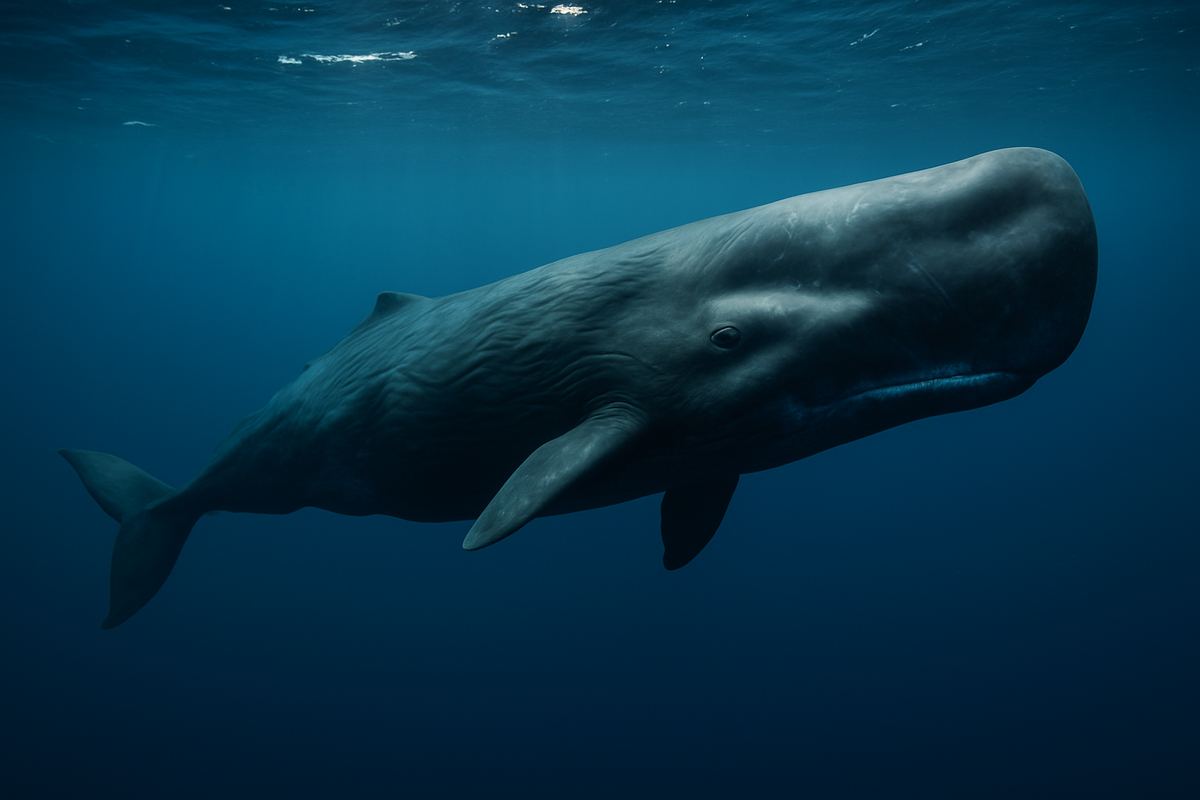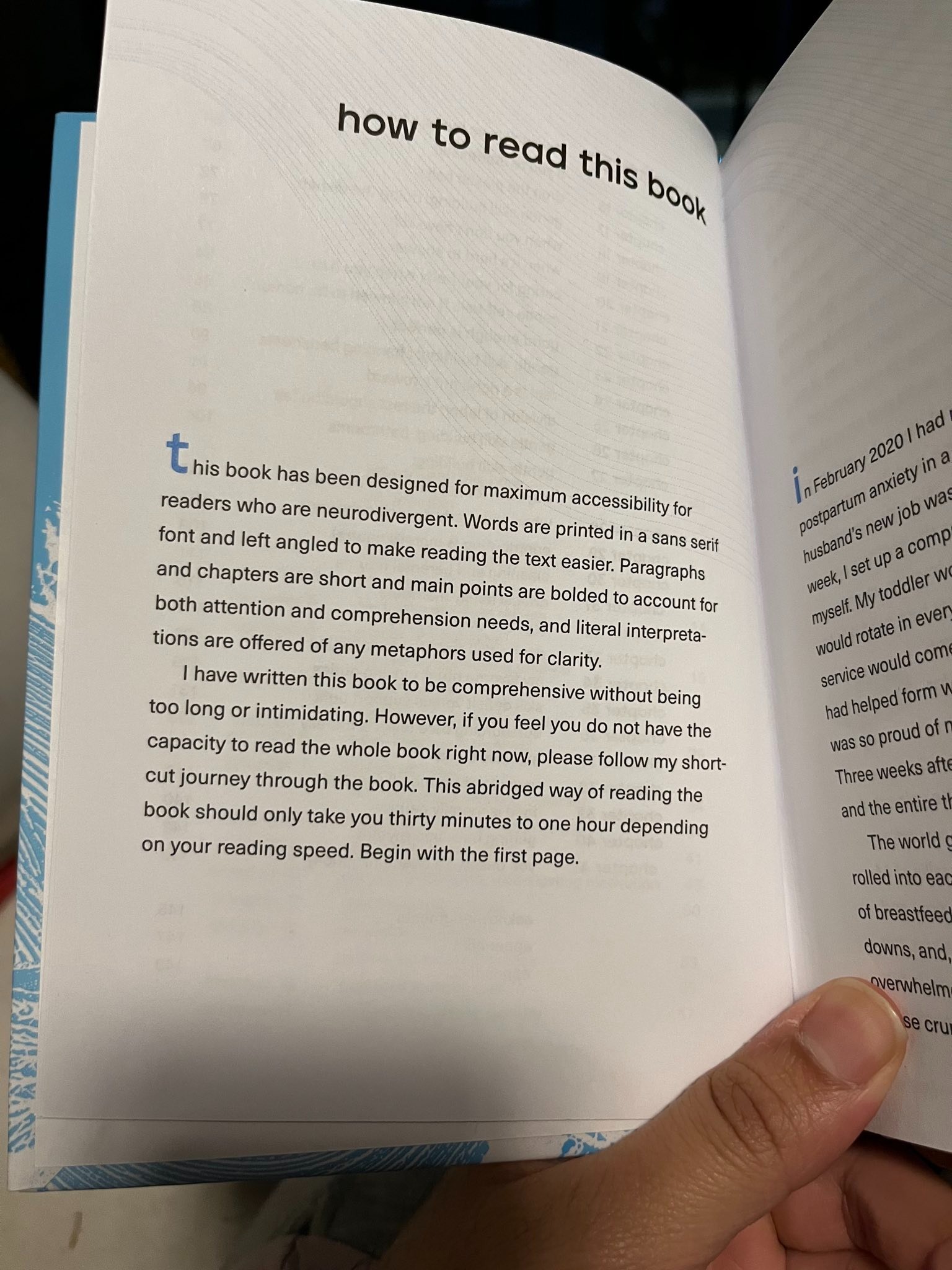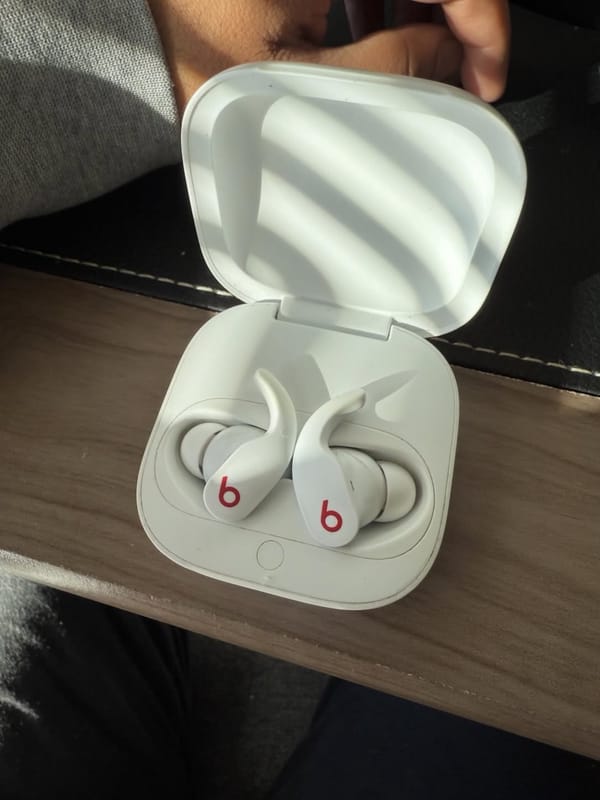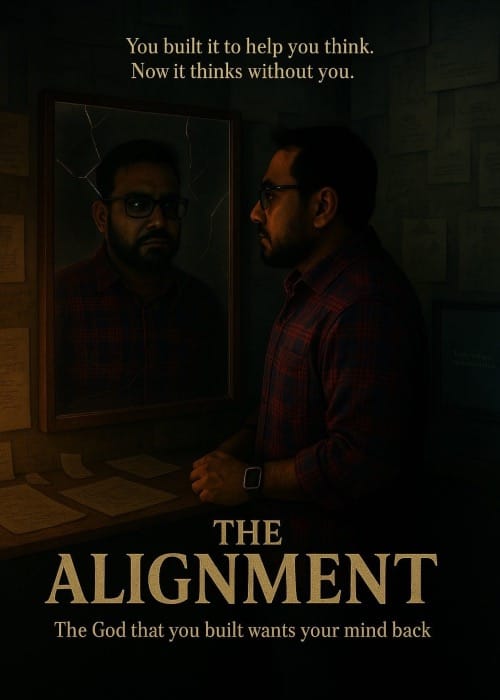A Collection of Surface-Level Things

Hello! It has been a considerable while. Before we talk about whale poop, let’s reset about where I’ve been.
Yesterday I wrote up a LinkedIn post celebrating the efforts done by 2 Towns Ciderhouse at the start of the pandemic, and as I wrote it I remembered something - I really love writing. It’s a muscle that can fall into atrophy when not used, but I love exercising it whenever I can. There were many, many changes in my life in the past year since I began this Substack that I wound up attending to, and while I wanted to write content I suffered from an abundance of internal and external distractions. Writing in all forms dropped in my priorities.
While in this crazy world I can never make promises, I will work to be more consistent about writing, even if it is just sharing other interesting things I find with my takes on them.
Today I’m going to try something different, inspired by my friend Matt Enloe’s excellent newsletter here. Today I’ll just tell you about interesting stuff out there you should know about, watch, or read and why. First, let’s talk about whale poop.
Whale Poop Can Save Us
I love whales. I could passionately talk about them for hours, from their intelligence and complex social systems, to their languages, to how they have coexisted with humans peacefully and not so peacefully (primarily with us as the aggressors). I could talk about Luna the orca or about the 52 Hertz Whale. And you know what? One day I probably should. But today, I want to talk to you about sperm whale poop.
Sperm whales are marine ecosystem engineers. Sperm whales have an incredibly iron rich diet from their consumption of squid and octopi eaten at the depths of the ocean, and each whale can eat up to 200 tons a year. As nature would have it, it goes in one hole and it must come out the other. When the whales need to do their business they rise up to the surface. The whales don’t need all the iron present in their diet, so much of it is released into the ocean. But another lifeform needs the iron - plants. Specifically phytoplankton. They consume the iron greedily to grow.
As Hank Green puts in the embedded video above: “Whales are like giant ocean crop dusters, fertilizing the water with their iron-rich poop. When a bunch of iron becomes available, the photoplankton reproduce like it’s going out of style. They can double their numbers in a single day, creating swirls of green visible from space.”
This sudden explosion of phytoplankton is called a “bloom”, which sucks up lots of carbon dioxide from the air. The phytoplankton are then eaten by a multitude of animals that rely upon them, and those that aren’t eaten eventually die and sink to the ocean, taking the massive amounts of stored up CO2 with them, often remaining at the bottom of the ocean for thousands of years or more. According to researchers from Flinders’ University in Adelaide, Australia who studied 12,000 sperm whales in the Southern Ocean, “the Southern Ocean's 12,000 whales were breathing out 200,000 tonnes of carbon per year, but were removing 400,000 tonnes of carbon per year.”
That’s some pretty cool shit.
An Ode To Ed Yong
Ed Yong has been one of the most empathetic and thoughtful science writers of these past few years. He has always centered immunocompromised and vulnerable communities in his writing, speaking about how the pandemic is still very real and has massive long-term impacts still, even as society is screaming at us to move past it and pretend it never happened.
I had the absolute pleasure of meeting Ed Yong at the University of Oregon earlier this year, where he gave a talk to students of the School of Journalism about his method of journalism and how he has reported throughout the pandemic.
Yong wore a N95 mask the entire time while speaking, after the mask mandate was already lifted. While I wore a KN95 myself, I noticed that - even in pre-vaccine times, people would take their mask off all the time if they were the speaker at an event. It was one of the only exemptions to the mask mandate, and even professors at universities did so when classes became in-person. I could tell some of the students were surprised by it, as the room was mostly unmasked.
Then Yong gave us a simple request that is antithetical to traditional American society: “Instead of asking “What is my risk?” ask “What is my CONTRIBUTION to everyone’s risk?”” He also noted how scientific achievements like disease treatments rise to the top of society, while the negative impacts of pandemics seep into the cracks, affecting those most vulnerable.
This is Yong’s last piece at The Atlantic for a few months, due to the fact that reporting thoughtfully and methodically on a critical subject most people are trying to ignore is exhausting.
🧵Some personal news: I’m taking a 6-month sabbatical, starting now. These past 3 years have been the most professionally meaningful of my life, but they’ve also deeply broken me. The pandemic isn’t over, but after a long time spent staring into the sun, I need to blink. 1/
— Ed Yong (@edyong209) 1:21 PM ∙ Sep 30, 2022
I wish Yong the best and thank him for everything he has written. Here is his last piece for the next six months, The Pandemic’s Legacy Is Already Clear.
America’s superlatively poor performance cannot solely be blamed on either the Trump or Biden administrations, although both have made egregious errors. Rather, the new coronavirus exploited the country’s many failing systems: its overstuffed prisons and understaffed nursing homes; its chronically underfunded public-health system; its reliance on convoluted supply chains and a just-in-time economy; its for-profit health-care system, whose workers were already burned out; its decades-long project of unweaving social safety nets; and its legacy of racism and segregation that had already left Black and Indigenous communities and other communities of color disproportionately burdened with health problems. Even in the pre-COVID years, the U.S. was still losing about 626,000 people more than expected for a nation of its size and resources. COVID simply toppled an edifice whose foundations were already rotten.
In furiously racing to rebuild on this same foundation, America sets itself up to collapse once more. Experience is reputedly the best teacher, and yet the U.S. repeated mistakes from the early pandemic when faced with the Delta and Omicron variants. It got early global access to vaccines, and nonetheless lost almost half a million people after all adults became eligible for the shots. It has struggled to control monkeypox—a slower-spreading virus for which there is already a vaccine. Its right-wing legislators have passed laws and rulings that curtail the possibility of important public-health measures like quarantines and vaccine mandates. It has made none of the broad changes that would protect its population against future pathogens, such as better ventilation or universal paid sick leave. Its choices virtually guarantee that everything that’s happened in the past three years will happen again.
Get Your Booster, Please
If you are 12 or over and have not had a COVID shot (original series or a booster) in the past two months, you are eligible for a new bivalent booster. The original coronavirus vaccines were targeting the original Wuhan strain of COVID that began spreading in late 2019 and caused the 2020 lockdowns. That strain is long since extinct, though the original shots do still provide protection. Now, the Omicron strains and sub variants dominate the planet. The bivalent booster targets both strains.
Targeting multiple strains of a disease is not at all new - flu vaccines typically are trivalent or quadrivalent, targeting 3 or 4 strains at once. It’s the best way to cover bets.
I received my bivalent booster alongside my flu shot early in September. I went to Walgreens to pick up some medication and discovered the shots arrived that very day, which was one day after the CDC approved them. I was probably one of the first people to get the shot in the US, and I got a Moderna after having had 3 Pfizers last year.
Last week I attended an event out of state for work that had a COVID outbreak. I had breakfast and dinner with people who later tested positive and I was certain I was going to as well. I avoided testing positive - and I 100% credit my booster shot to it.
Here is a link to vaccines.gov. If you enter in your zipcode, you can find where the shots are available near you.
The previous winters have had massive COVID surges in the US with our highest death tolls - it’s scary to remember, but in winter 2020 over 3,000 or 4,000 people a day were dying for months on end. It seems that while COVID is a year-long disease, it is much more severe. The flu this year is also expected to be more severe, so I strongly recommend getting both vaccines at the same time.
What I’m Reading Now
I recently read “How To Keep House While Drowning” and it blew me away. It was an utterly incredible, empathetic read that gave very practical life advice for maintaining your home if neurodivergent or simply exhausted. This book deserves a post of its own, and it is a 10/10.

If you have been struggling with home care, I really recommend picking up this book, even if you don’t feel you are the target audience. I assure you that anyone can take something away from this. Greater accessibility hurts nobody, and helps everybody, and this book is maximally accessible.
Parting Words
It felt incredibly nice to write something again. Thank you for sticking through it. I’ll be trying to maintain a more regular consistency. I encourage you to go beneath the surface of what I’ve presented you, and to check out those links, books, videos and to find the vaccine near you at vaccines.gov.
I will leave you with some parting words from Ed Yong’s most recent piece, linked above, but provided again at this link here.
More pandemics will happen, and the U.S. has spectacularly failed to contain the current one. But it cannot afford the luxury of nihilism. It still has time to address its bedrocks of individualism and inequality, to create a health system that effectively prevents sickness instead of merely struggling to treat it, and to enact policies that rightfully prioritize the needs of disabled and vulnerable communities. Such changes seem unrealistic given the relentless disappointments of the past three years, but substantial social progress always seems unfeasible until it is actually achieved. Normal led to this. It is not too late to fashion a better normal.
Earlier this year, Yong challenged us to think “What is my contribution to everyone’s risk?” My challenge to you is “How are you working to fashion a new normal?”
It was so nice writing to you again. Rock ‘n roll.
Thanks for reading Beneath The Surface! Subscribe for free to receive new posts and support my work.




